Title: Envision: Students use Design Thinking to Save Main Street
Author: Christina Birkentall, Rochester Institute of Technology
This Pecha Kucha presentation will explore a Senior Interior Design studio class project which provided many new learning adventures for the students: Design Thinking as a tool to help understand how a small business owner can grow their business via the use of proper design; how community outreach can create an awareness of the profession and how design can make an impact in the revitalization of a small village with many vacant storefronts on their Main Street. Building upon graduate research of the Professor in historic preservation and Design thinking, the students applied their skills in new (non-classroom) ways –work with real buildings, clients and a real small village.
Title: Mission Possible: Encouraging Peer Engagement at the Freshman Level
Author: Amy Crumpton, Mississippi State University
Students entering an interior design program are at best unfamiliar with the “real” profession of Interior design, or the educational process they have begun. They are also often dealing with being away from home for the first time, having to make new friends and navigating the college experience. In order to help them quickly acclimate to this new world and encourage freshman students to engage with peers at all levels of the program, the Mission Possible experience was created, based on the Mission Impossible movie theme.
Title: Can Codes & Standards Class NOT be Boring? Field notes from a novice.
Author: Nadya Kozinets, University of Louisiana at Lafayette
I have been teaching a codes course for second year ID students for 3 years. I remember my first lecture, as a novice instructor, teaching something I never taught before. Lecture preparation consumed all weekends and evenings. To make things worse, just 1-2 class periods for every chapter were scheduled, so every time students were bombarded with a brand new concept. As a result, students were stressed and not very successful. I had to change my approach. In my third year, I had more evident success with not only flipping my course and making it active engaging and fun, but also making it aligned with my student’s interests.
Title: Creating a Collaborative Culture
Preparing students for the challenging world of collaboration can be achieved through engagement exercises developed to equip them with the skills to be effective team members.
First Author: Elizabeth Lockwood, The Art Institute of Portland;
Secondary Author: Marjorie Marcellus, The Art Institute of Portland
I have been teaching a codes course for second year ID students for 3 years. I remember my first lecture, as a novice instructor, teaching something I never taught before. Lecture preparation consumed all weekends and evenings. To make things worse, just 1-2 class periods for every chapter were scheduled, so every time students were bombarded with a brand new concept. As a result, students were stressed and not very successful. I had to change my approach. In my third year, I had more evident success with not only flipping my course and making it active engaging and fun, but also making it aligned with my student’s interests.
Title: Opposites Attract – Collaboration between Science and the Arts at the world’s premier Magnetic Research Laboratory
First Author: Anthony Purvis, Florida State University;
Second Author: Steven Webber, Florida State University
In the fall 2014 semester, interior design student teams engaged in a four-day design charrette with the task of re-designing the user experience at the National High Magnetic Field Laboratory (NHMFL), the world’s premier theoretical and experimental laboratory. The decades-old design of the facility no longer meets the functional needs of its daily users or the thousands of annual visitors. The Pecha Kucha presentation will describe the design scenario, the faculties’ strategic intent behind the charrette, the unveiling of the design scenario to the students through a kick-off event, and show the student work.
Title: Saying it Hot: A Graphic Design Primer for Interior Design Presentations
Authors: Susie Tibbitts, Utah State University and Robert Ventura, Virginia Commonwealth University
In interior design student presentations, good visual communication will not save an undeveloped project. However, a great project supported with strong graphic composition absolutely sings; that work says it “hot.” In this Pecha Kucha format, this primer is not only intended to be an informative and irreverent discussion of graphic design but also a package that could be shared after its presentation as a learning tool for students and educators wishing to heat up their understanding and communication of design.


















